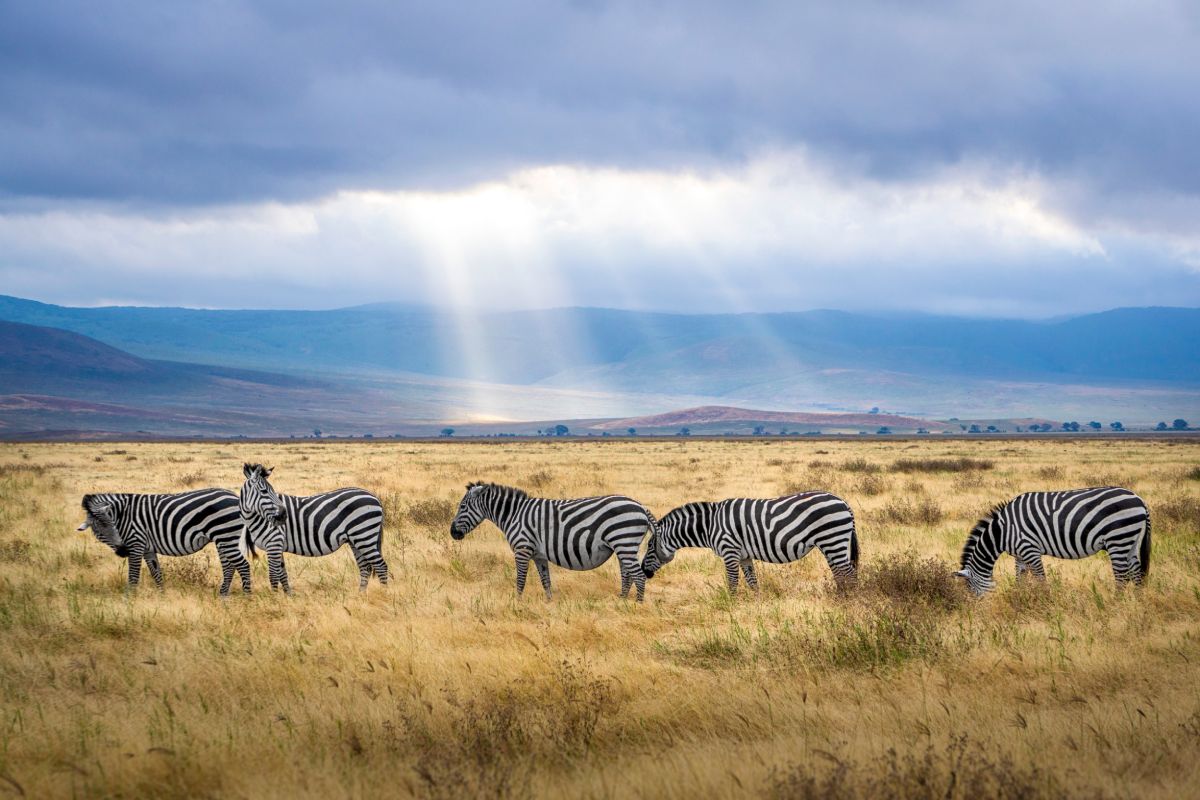Introduction
Biodiversity is the foundation of life on Earth. It encompasses the variety of living organisms, including plants, animals, and microorganisms, as well as the intricate web of interactions among them. Our planet’s biodiversity is a marvel, with millions of species coexisting and playing unique roles in maintaining the balance of ecosystems. In this section, we will explore the significance of biodiversity and why its preservation is vital for the health of ecosystems and human well-being.
Brief Explanation of Biodiversity and Its Significance
Biodiversity refers to the incredible array of species and ecosystems that exist on Earth. It is the product of billions of years of evolution and adaptation, resulting in a complex tapestry of life forms that contribute to the functioning of our planet. Biodiversity is not just about the number of species, but also about the genetic diversity within species, the variety of ecosystems, and the ecological processes that sustain life.
Biodiversity is crucial for numerous reasons. First and foremost, it ensures the stability and resilience of ecosystems. Different species have unique roles in maintaining the balance of ecosystems through interactions such as predation, pollination, and nutrient cycling. When one species is lost, it can have a ripple effect on the entire ecosystem, leading to imbalances and potential collapse.
Importance of Preserving Biodiversity for the Health of Ecosystems and Human Well-being
Preserving biodiversity is essential for the health and functioning of ecosystems. Ecosystems provide us with vital services such as clean air, water, and soil, as well as climate regulation and natural pest control. Biodiversity contributes to the productivity and stability of ecosystems, making them more resilient to disturbances like climate change and disease outbreaks.
Furthermore, biodiversity is closely linked to human well-being. Many of the resources we depend on for our survival and prosperity, including food, medicine, and materials, are derived from nature. Biodiversity provides the genetic diversity necessary for breeding resilient crops, discovering new medicines, and developing sustainable materials. It also offers recreational and cultural values, connecting us to the beauty and wonder of the natural world.
Exploring the Importance of Protecting Endangered Species and Their Habitats for Preserving Biodiversity
In this blog post, we will delve into the critical role of protecting endangered species and their habitats in preserving biodiversity. Endangered species are those on the brink of extinction, facing significant threats that jeopardize their survival. By understanding the importance of conserving these species and their habitats, we can grasp the urgency and need for collective action. Together, we can explore effective strategies and initiatives aimed at safeguarding endangered species, promoting habitat conservation, and ultimately preserving the remarkable biodiversity that sustains our planet.
Understanding Endangered Species
Endangered species are those that face a high risk of extinction in the near future if appropriate conservation actions are not taken. In this section, we will delve into the definition and criteria for classifying a species as endangered, explore the common threats they face, and highlight the ecological importance of some endangered species.
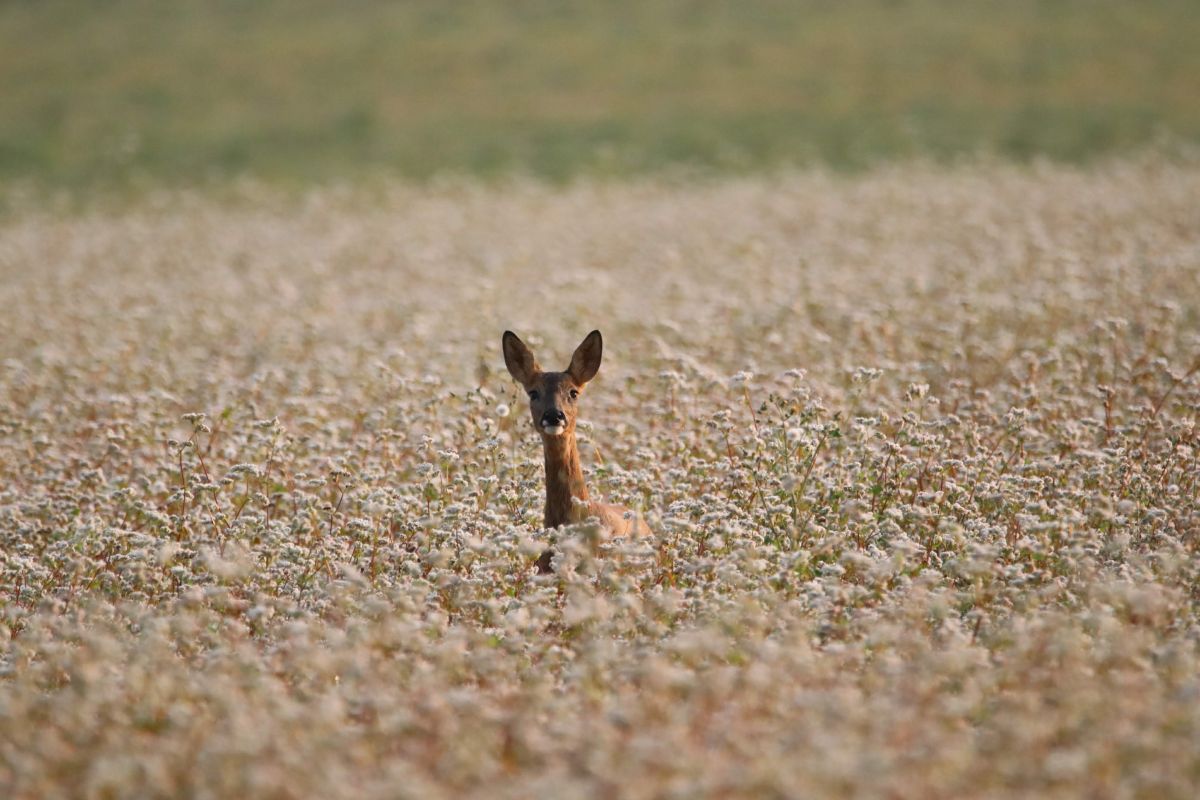
Definition and Criteria for Classifying a Species as Endangered
To classify a species as endangered, specific criteria are used to assess its conservation status. The International Union for Conservation of Nature (IUCN) is a globally recognized organization that evaluates the risk of extinction for various species. They use a set of criteria based on population size, habitat loss, reproductive rate, and other factors to determine a species’ status.
Endangered species typically exhibit one or more of the following characteristics: a significant decline in population size, a limited distribution range, a small population size, or a high degree of habitat fragmentation. These criteria help identify species that are particularly vulnerable to extinction.
Common Threats to Endangered Species
Endangered species face a range of threats, many of which are caused by human activities. Habitat loss and degradation are among the most significant threats. As human populations expand and urbanize, natural habitats are converted into agricultural land, infrastructure, or other forms of development. This loss of habitat disrupts the delicate balance of ecosystems and directly impacts the survival of species that depend on specific habitats for their food, shelter, and breeding.
Another major threat is the illegal wildlife trade. Many species, such as elephants, rhinos, and tigers, are hunted and traded for their body parts or exotic pets. This illegal trade drives these species closer to extinction and disrupts the delicate ecological relationships they have with their environments.
Climate change is also emerging as a significant threat to endangered species. Rising temperatures, altered precipitation patterns, and habitat disruptions affect species’ ability to survive and reproduce. It leads to shifts in species’ distributions, impacts their food sources, and increases their susceptibility to disease.
Examples of Endangered Species and Their Ecological Importance
There are numerous examples of endangered species that play critical ecological roles. For instance, the African elephant is not only a symbol of wildlife conservation but also a keystone species in its habitat. Elephants are ecosystem engineers, shaping their environment by uprooting trees and creating open spaces that benefit other species. They disperse seeds, maintain the balance of plant and animal populations, and create watering holes that support a diverse range of organisms.
Another example is the sea turtle, which has existed for millions of years but now faces numerous threats. Sea turtles are vital to marine ecosystems as they help maintain healthy seagrass beds and coral reefs. Their eggs, once hatched, provide nutrients to coastal dune ecosystems. The decline of sea turtles can have cascading effects on these fragile habitats and the species that rely on them.
These examples illustrate the interconnectedness of species and the critical roles they play in maintaining ecosystem health and balance. Protecting endangered species is not just about saving individual species; it is about safeguarding the intricate web of life that sustains us all. By taking action to protect these species, we can preserve biodiversity and ensure a sustainable future for both wildlife and humanity.
Impacts of Habitat Loss on Biodiversity
Habitats serve as crucial homes and ecosystems for a wide array of plant and animal species. In this section, we will explore the significance of habitats in supporting biodiversity, examine the causes of habitat loss, and discuss the far-reaching consequences it has on endangered species and ecosystem functioning.
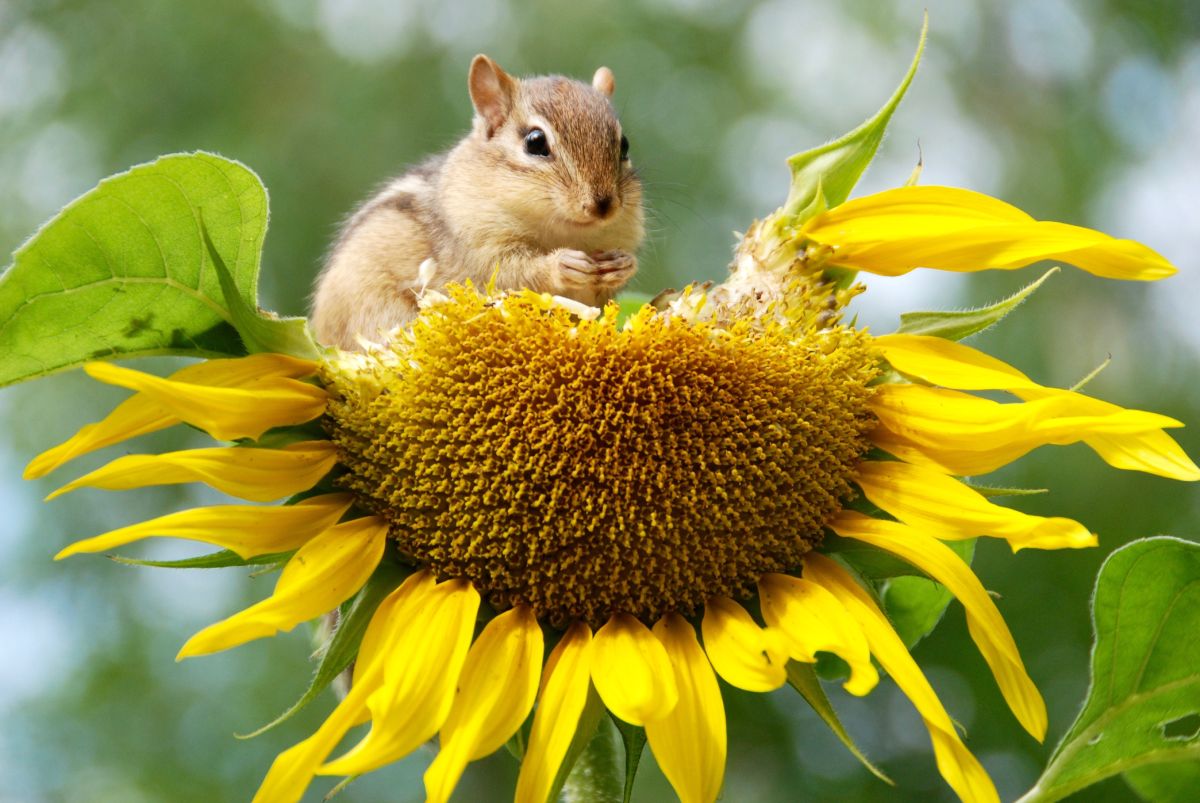
Importance of Habitats for Supporting Biodiversity
Habitats play a fundamental role in supporting biodiversity by providing suitable environments for a diverse range of species. They encompass various ecosystems, such as forests, wetlands, coral reefs, grasslands, and mangroves, each harboring its own unique assemblage of organisms. Within these habitats, species find the necessary resources for survival, such as food, water, shelter, and breeding sites.
Biodiversity within habitats is interconnected and interdependent. The intricate web of relationships between species ensures ecosystem stability and resilience. Each species, no matter how small, contributes to the functioning of the ecosystem, whether through pollination, seed dispersal, nutrient cycling, or predator-prey interactions. Thus, the conservation of habitats is vital for the preservation of biodiversity.
Causes of Habitat Loss
Habitat loss arises from various human-driven activities, resulting in the degradation, fragmentation, and outright destruction of natural habitats. Deforestation stands as one of the primary contributors to habitat loss, particularly in tropical regions. Forests are cleared for timber extraction, agricultural expansion, and the establishment of infrastructure. These activities fragment habitats, isolate populations, and disrupt critical ecological corridors.
Urbanization is another significant cause of habitat loss. As cities expand, they encroach upon natural areas, converting them into buildings, roads, and concrete landscapes. The conversion of natural habitats into urban environments not only eliminates important habitats but also disrupts ecological processes and displaces wildlife.
Climate change also exacerbates habitat loss. Rising temperatures, shifting precipitation patterns, and increased frequency of extreme weather events, such as hurricanes and wildfires, impact ecosystems worldwide. Habitats such as coral reefs and polar regions are particularly vulnerable to climate change-induced habitat loss, leading to the displacement and endangerment of countless species.
Consequences of Habitat Loss on Endangered Species and Ecosystem Functioning
The consequences of habitat loss are severe, affecting both endangered species and the overall functioning of ecosystems. When habitats shrink or disappear, species that depend on them face numerous challenges. Endangered species, already vulnerable due to other factors, such as poaching or limited population size, are further pushed to the brink of extinction. They lose their homes, food sources, and breeding grounds, disrupting their life cycles and compromising their ability to survive and reproduce.
Habitat loss also disrupts ecosystem functioning. The removal of key species from an ecosystem can trigger a cascade of negative effects. For example, the loss of apex predators can result in an overabundance of certain prey species, leading to imbalances in the food chain. Additionally, the degradation of habitats reduces the availability of resources, such as clean water or nutrient-rich soils, affecting the entire ecosystem’s health and productivity.
Furthermore, the loss of habitats diminishes the potential for scientific research and the discovery of new species, compounds, and ecological processes. Each habitat holds valuable knowledge and potential solutions for human well-being, including the development of medicines, adaptation to climate change, and the provision of essential ecosystem services.
In conclusion, habitat loss poses a significant threat to biodiversity and has far-reaching consequences for endangered species and ecosystem functioning. Recognizing the importance of habitats and addressing the root causes of habitat loss are crucial steps toward preserving biodiversity and ensuring a sustainable future. By protecting and restoring habitats, we can safeguard endangered species, maintain ecosystem balance, and secure the invaluable benefits that nature provides.
Conservation Strategies for Protecting Endangered Species and Habitats
Conservation efforts play a vital role in safeguarding endangered species and habitats from further decline. In this section, we will explore key conservation strategies aimed at protecting endangered species and their habitats, including the establishment of protected areas and wildlife reserves, habitat restoration and rehabilitation, and the promotion of sustainable land use practices.
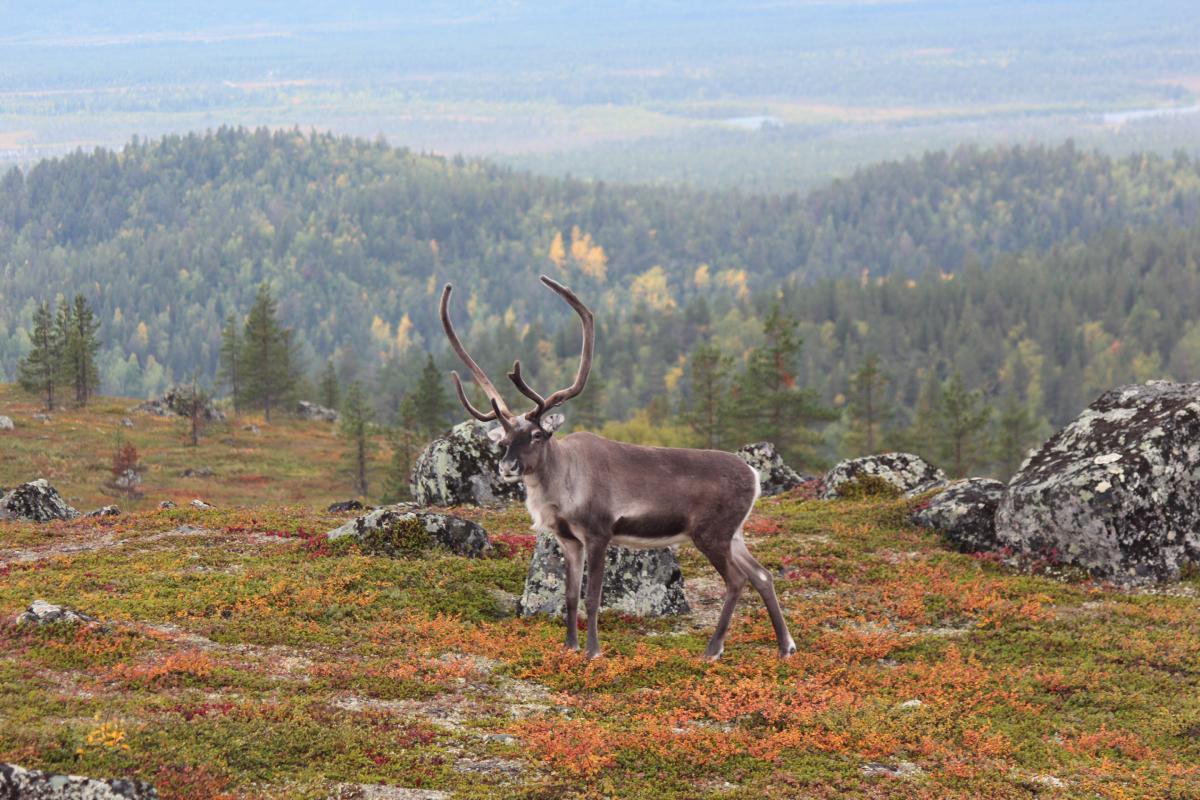
Protected Areas and Wildlife Reserves
Protected areas, such as national parks, wildlife reserves, and nature sanctuaries, serve as crucial refuges for endangered species and their habitats. These designated areas provide legal protection and management measures to conserve biodiversity and maintain ecological integrity.
The establishment of protected areas is essential for several reasons. They offer a safe haven for endangered species to thrive and reproduce without the threat of habitat destruction or poaching. By delineating boundaries and implementing regulations, protected areas limit human activities that may harm sensitive ecosystems.
Successful protected area initiatives exist worldwide, demonstrating the effectiveness of this conservation strategy. For example, the Galapagos Islands in Ecuador have been designated as a UNESCO World Heritage site and a national park, protecting its unique flora and fauna, including the iconic Galapagos tortoise. The Serengeti National Park in Tanzania safeguards the habitat of the endangered African elephant, lion, and black rhinoceros, among other species.
Habitat Restoration and Rehabilitation
Habitat restoration and rehabilitation focus on reversing the degradation and fragmentation of habitats, aiming to restore their ecological functions and support the recovery of endangered species. These efforts involve various methods and techniques tailored to each specific habitat type.
Restoring degraded habitats may include activities such as reforestation, wetland restoration, or coral reef rehabilitation. Through these actions, native plant species are reintroduced, ecosystem connectivity is reestablished, and the physical and chemical conditions necessary for species survival are improved.
Habitat restoration not only benefits endangered species but also contributes to the overall health and resilience of ecosystems. Restored habitats can provide essential resources, such as food and shelter, for endangered species, facilitating their recovery and population growth.
Sustainable Land Use Practices
Promoting sustainable land use practices is crucial for achieving a balance between economic development and conservation goals. By adopting sustainable approaches to agriculture, forestry, and other land-based activities, we can reduce the negative impacts on habitats and protect endangered species.
Sustainable agriculture involves practices that minimize the use of harmful chemicals, conserve water resources, and promote biodiversity-friendly farming methods. Organic farming, agroforestry, and precision agriculture techniques are examples of sustainable practices that help maintain healthy ecosystems while meeting food production needs.
Similarly, sustainable forestry focuses on responsible forest management, including selective logging, reforestation, and protection of old-growth forests. By ensuring the long-term viability of forests and minimizing habitat destruction, we can safeguard the habitats of countless species, from endangered birds to elusive mammals.
Balancing economic development with conservation goals requires collaboration between stakeholders, including government agencies, local communities, and businesses. Through sustainable land use practices, we can create a harmonious relationship between human activities and the preservation of endangered species and their habitats.
In conclusion, conservation strategies aimed at protecting endangered species and habitats are critical for preserving biodiversity and maintaining the health of ecosystems. By establishing protected areas, restoring degraded habitats, and promoting sustainable land use practices, we can ensure the survival of endangered species and create a sustainable future where humans and nature coexist harmoniously. It is through these collective efforts that we can make a significant difference in preserving biodiversity and the intricate web of life on our planet.
Role of International Agreements and Organizations
Preserving biodiversity and protecting endangered species require global cooperation and concerted efforts. In this section, we will explore the role of international agreements, organizations, and collaborative initiatives in promoting biodiversity conservation and endangered species protection.
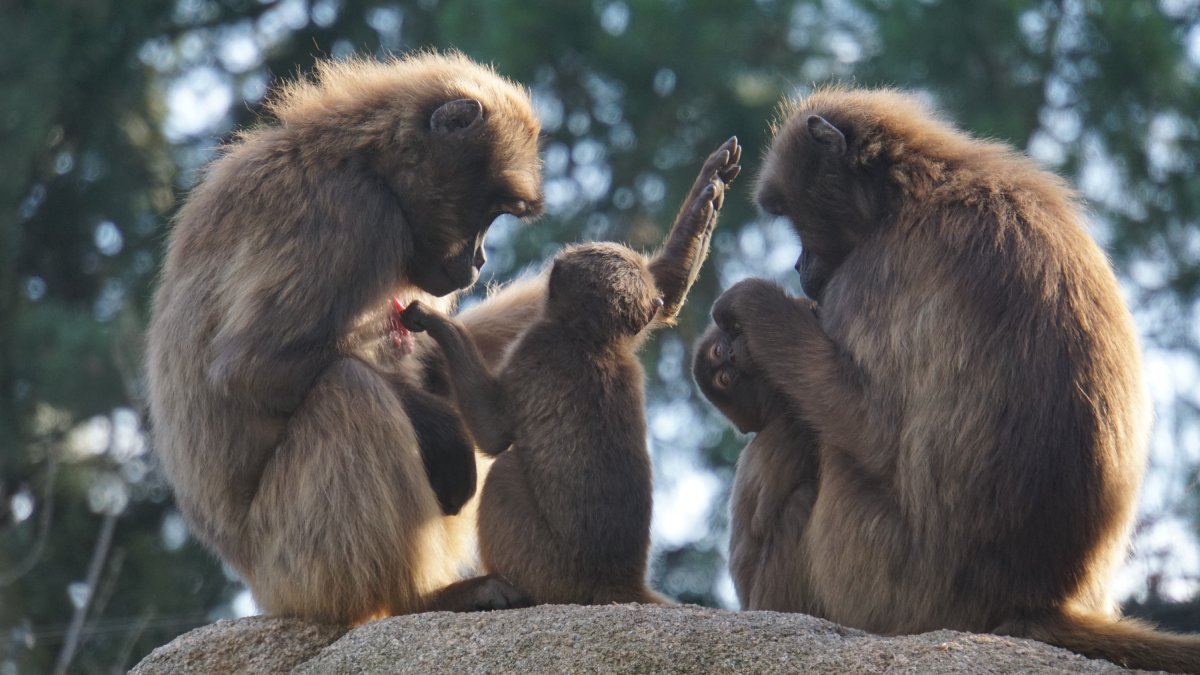
Overview of International Agreements for Biodiversity Conservation
Several international agreements have been established to address the urgent need for biodiversity conservation on a global scale. One prominent agreement is the Convention on Biological Diversity (CBD), a treaty signed by numerous countries to promote the sustainable use and conservation of biological diversity.
The CBD sets out specific goals and targets for biodiversity conservation, including the protection of endangered species and their habitats. It emphasizes the importance of integrating biodiversity considerations into national policies and strategies, as well as promoting cooperation among countries for the conservation and sustainable management of biodiversity.
Other international agreements, such as the CITES (Convention on International Trade in Endangered Species of Wild Fauna and Flora), focus on regulating the trade of endangered species and their parts to ensure their survival and prevent illegal trafficking.
Role of Organizations and NGOs in Endangered Species Protection
Numerous organizations and non-governmental organizations (NGOs) play a crucial role in endangered species protection and biodiversity conservation. These entities work tirelessly to raise awareness, conduct research, implement conservation programs, and advocate for policies that safeguard species and habitats.
For instance, the World Wildlife Fund (WWF) is a globally recognized organization that works across borders to protect endangered species and their habitats. The WWF collaborates with local communities, governments, and other stakeholders to develop and implement conservation initiatives, addressing both the direct threats faced by endangered species and the underlying causes of their decline.
Similarly, the International Union for Conservation of Nature (IUCN) plays a vital role in species conservation by providing scientific expertise, conducting assessments of species’ conservation status, and developing guidelines for their protection.
NGOs, such as the Wildlife Conservation Society (WCS) and the Rainforest Foundation, focus on specific regions or ecosystems, implementing on-the-ground conservation projects, and engaging with local communities to ensure the sustainable management of natural resources.
Collaborative Efforts for Transboundary Conservation
Transboundary conservation initiatives are essential for protecting endangered species that migrate across borders or depend on interconnected habitats. These collaborative efforts involve multiple countries working together to address shared conservation challenges.
One notable example is the Mesoamerican Biological Corridor, a collaborative initiative involving several Central American countries. This corridor aims to connect fragmented habitats and facilitate the movement of endangered species across borders, promoting their long-term survival.
Collaborative efforts also extend to the establishment of transboundary protected areas, where neighboring countries collaborate to conserve shared ecosystems and protect migratory species. These initiatives foster cooperation, knowledge sharing, and the implementation of harmonized conservation strategies.
By working together at the international level, countries, organizations, and NGOs can amplify their conservation impact, share best practices, and develop innovative approaches to address the complex challenges of protecting endangered species and their habitats.
In conclusion, international agreements, organizations, and collaborative initiatives play a vital role in preserving biodiversity and protecting endangered species. Through the Convention on Biological Diversity and other agreements, countries commit to biodiversity conservation targets and develop strategies to achieve them. Organizations and NGOs work on the ground to implement conservation programs and advocate for endangered species. Collaborative efforts across borders promote transboundary conservation, ensuring the survival of migratory species and the interconnectedness of ecosystems. By combining global cooperation, local action, and scientific expertise, we can make significant progress in preserving biodiversity and securing a sustainable future for our planet.
Engaging the Public in Biodiversity Conservation
Preserving biodiversity and protecting endangered species is not just the responsibility of governments and conservation organizations. Engaging the public in biodiversity conservation plays a crucial role in creating a sustainable future for our planet. In this section, we will explore the importance of public awareness and education, citizen science initiatives, and supporting sustainable practices in daily life.

Importance of Public Awareness and Education
Public awareness and education are essential in fostering a sense of responsibility and promoting action towards biodiversity conservation. By increasing awareness of the importance of biodiversity and the threats it faces, individuals are more likely to understand the need for conservation efforts.
Education can take various forms, such as school programs, workshops, and public outreach campaigns. These initiatives can focus on raising awareness about the value of biodiversity, the role of endangered species in ecosystems, and the potential consequences of their loss.
By providing accessible and engaging educational materials, promoting nature-based activities, and highlighting success stories in biodiversity conservation, we can inspire individuals to become advocates for the protection of endangered species and their habitats.
Citizen Science Initiatives and Volunteer Opportunities
Citizen science initiatives offer an excellent opportunity for the public to actively contribute to biodiversity conservation. These initiatives involve ordinary individuals participating in scientific research and data collection, providing valuable insights and helping scientists monitor and protect endangered species.
By engaging in citizen science programs, people can contribute to species monitoring, habitat mapping, and data analysis. This active involvement not only enhances scientific knowledge but also fosters a sense of connection and responsibility towards the natural world.
Furthermore, volunteer opportunities allow individuals to directly participate in conservation efforts. They can join local conservation organizations, participate in habitat restoration projects, or contribute to wildlife monitoring activities. These hands-on experiences provide a deeper understanding of the challenges faced by endangered species and the importance of their protection.
Supporting Sustainable and Wildlife-Friendly Practices in Daily Life
Individual actions in daily life can significantly impact biodiversity conservation. By adopting sustainable practices and making wildlife-friendly choices, we can collectively contribute to the preservation of endangered species and their habitats.
Supporting sustainable agriculture, for instance, by choosing organic and locally sourced products, reduces the demand for land conversion and harmful agricultural practices that threaten biodiversity. Additionally, reducing waste, recycling, and opting for eco-friendly products can minimize the environmental impact on ecosystems and wildlife.
Creating wildlife-friendly spaces in our own communities is another way to support biodiversity conservation. Planting native species in gardens, providing food and water sources for local wildlife, and avoiding the use of harmful chemicals contribute to the creation of habitats that support endangered species.
In conclusion, Engaging the public in biodiversity conservation is paramount to the long-term preservation of endangered species and their habitats. By increasing public awareness and education, citizen science participation, and promoting sustainable and wildlife-friendly practices in daily life, we can collectively make a significant difference.
Through education, individuals gain a better understanding of the importance of biodiversity and their role in its conservation. Citizen science initiatives and volunteer opportunities empower people to actively contribute to scientific research and conservation efforts. Adopting sustainable practices and creating wildlife-friendly environments in our communities further support the protection of endangered species.
Case Studies of Successful Conservation Efforts
Real-life examples of successful conservation projects provide inspiration and demonstrate the positive impact that can be achieved in protecting endangered species and their habitats. In this section, we will highlight specific case studies that showcase successful conservation efforts and discuss the outcomes and lessons learned from these initiatives.
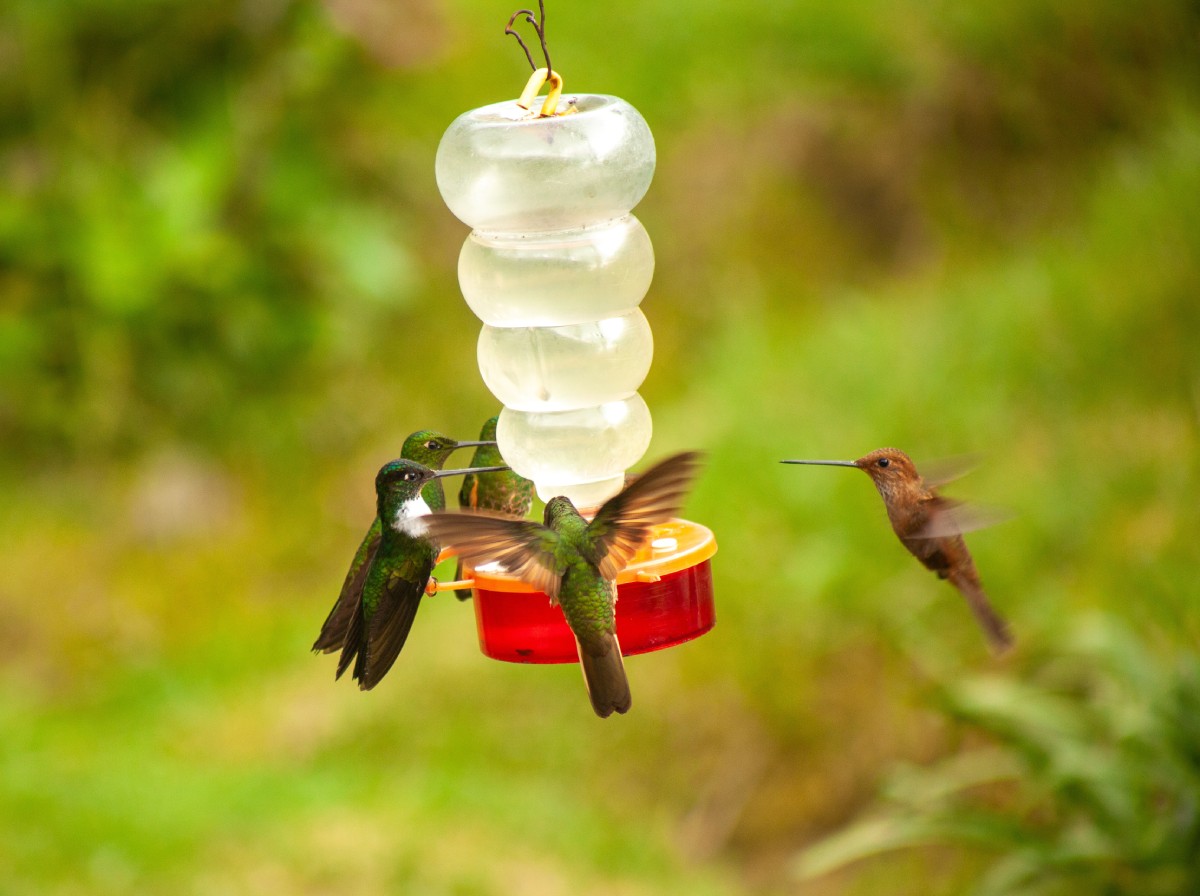
The Conservation of Giant Pandas in China
One remarkable success story in endangered species conservation is the conservation of giant pandas in China. Due to habitat loss and fragmentation, as well as low reproductive rates, giant pandas were on the brink of extinction. However, through collaborative efforts between the Chinese government, conservation organizations, and local communities, their population has shown a remarkable recovery.
Conservation measures included the establishment of protected areas, such as the Wolong Nature Reserve, which provided a safe habitat for pandas. Additionally, community engagement and sustainable development initiatives played a crucial role in supporting local communities while preserving panda habitats. As a result, the population of giant pandas has increased, and their status has improved from “endangered” to “vulnerable” on the IUCN Red List.
The success of the giant panda conservation project serves as a model for the importance of government commitment, international collaboration, and community involvement in saving endangered species.
The Recovery of the California Condor Population
The California condor, one of the most critically endangered bird species, faced severe population decline due to habitat loss, hunting, and lead poisoning from ingesting lead ammunition. However, concerted conservation efforts have led to a significant recovery of the species.
Through captive breeding programs, the California condor population was carefully managed and individuals were reintroduced into the wild. Strict monitoring and protection measures, including habitat preservation and regulations on lead ammunition, were implemented to ensure their survival.
The collaboration between government agencies, conservation organizations, and local communities played a pivotal role in the recovery of the California condor population. Today, the species’ population has increased, demonstrating the effectiveness of focused conservation actions in saving endangered species from the brink of extinction.
The Rewilding of the European Bison
The European bison, also known as the wisent, is another remarkable case of successful conservation. Once on the verge of extinction with only a handful of individuals remaining, intensive conservation efforts have resulted in the recovery of their population.
Through captive breeding and reintroduction programs, the European bison population has gradually increased. Protected areas, such as Białowieża Forest in Poland and Belovezhskaya Pushcha National Park in Belarus, have played a crucial role in providing suitable habitats and protection for these majestic animals.
The reintroduction of European bison has not only helped restore their population but has also contributed to the restoration of entire ecosystems. By creating a balance between herbivore populations and vegetation, the bison have played a vital role in shaping biodiversity in their native habitats.
These case studies demonstrate that with dedicated efforts, collaborative partnerships, and effective conservation strategies, endangered species can be successfully protected and their populations can recover. By learning from these examples, we can apply similar approaches to safeguard other species and their habitats.
In conclusion, case studies of successful conservation efforts offer valuable insights into the positive outcomes that can be achieved when stakeholders come together to protect endangered species and their habitats. The conservation of giant pandas in China, the recovery of the California condor population, and the rewilding of the European bison are just a few examples of how focused conservation actions can make a significant difference.
These success stories highlight the importance of government commitment, international collaboration, community involvement, and the implementation of effective conservation strategies. By learning from these experiences and applying the lessons learned, we can continue to make progress in preserving biodiversity, protecting endangered species, and ensuring a sustainable future for our planet.
Conclusion
Preserving biodiversity and protecting endangered species and habitats are vital for the health of our planet and the well-being of all living beings. Throughout this blog post, we have explored the significance of biodiversity, the threats faced by endangered species, and the impacts of habitat loss on ecosystems. We have also delved into various conservation strategies, international agreements, public engagement, and inspiring case studies that highlight the positive outcomes of conservation efforts. As we conclude, let us recap the importance of these efforts, call for action, and emphasize our collective responsibility in preserving Earth’s rich and diverse ecosystems.
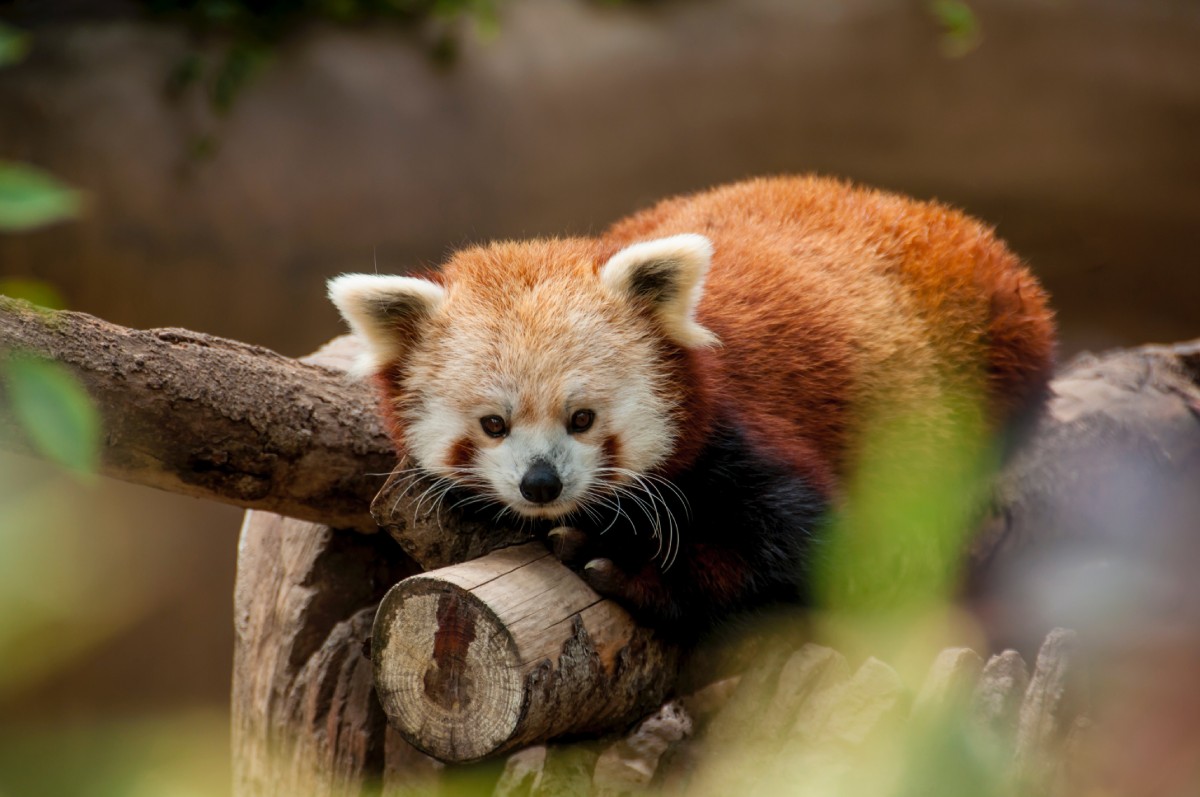
Recap of the Importance of Preserving Biodiversity
Biodiversity is the foundation of life on Earth. It encompasses the variety of species, habitats, and ecosystems, and plays a fundamental role in maintaining ecological balance and stability. Preserving biodiversity is crucial for several reasons. It supports essential ecosystem services such as pollination, nutrient cycling, and climate regulation. Biodiversity also contributes to the development of medicines, provides food security, and offers recreational and cultural value. By protecting endangered species and their habitats, we ensure the continuity of these invaluable benefits.
Call to Action for Individuals
Preserving biodiversity is a collective effort that requires action from individuals, communities, organizations, and governments. Each one of us has a role to play in biodiversity conservation. Here are some ways you can contribute:
-
Increase awareness: Educate yourself and others about the importance of biodiversity and the threats faced by endangered species. Share your knowledge with friends, family, and colleagues to raise awareness and inspire action.
-
Support conservation initiatives: Contribute to local and international organizations working towards biodiversity conservation. Donate, volunteer, or participate in citizen science programs that monitor and protect species and habitats.
-
Promote sustainable practices: Make sustainable choices in your daily life. Reduce your ecological footprint, support sustainable agriculture and forestry, practice responsible tourism, and choose wildlife-friendly products.
-
Advocate for policy changes: Engage with your local representatives and advocate for policies that prioritize biodiversity conservation. Support efforts to establish and expand protected areas, promote sustainable land use practices, and regulate harmful activities.
Emphasizing Collective Responsibility
Preserving biodiversity is not just the responsibility of a few, but a collective duty that we all share. It requires global cooperation, collaboration between governments, organizations, and communities, and a deep appreciation for the interconnectedness of all life forms. By working together, we can create a sustainable future where humans coexist harmoniously with nature.
Let us remember that every action, no matter how small, contributes to the larger goal of biodiversity conservation. Whether it is planting native trees in your backyard, advocating for stronger conservation policies, or supporting local initiatives, your efforts matter. Together, we can protect endangered species, restore habitats, and preserve the Earth’s natural heritage for future generations.
As we conclude this blog post, let us embark on this journey with a renewed commitment to preserving biodiversity, protecting endangered species and habitats, and fostering a deep sense of reverence for the incredible tapestry of life that surrounds us. Our actions today will shape the biodiversity of tomorrow and contribute to a thriving and sustainable planet for all.

